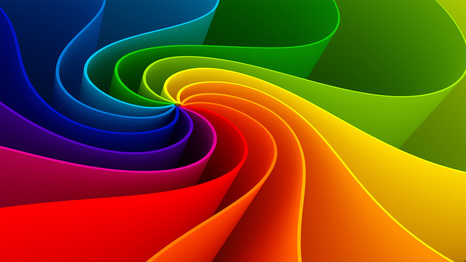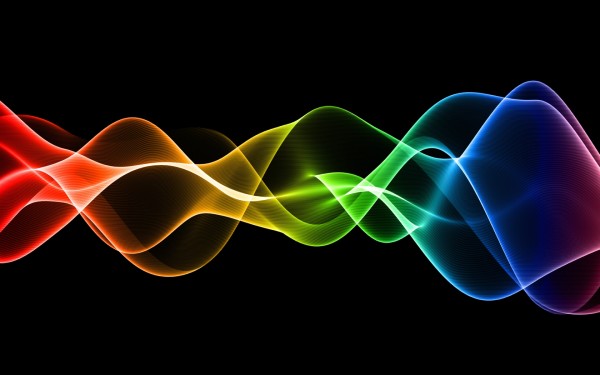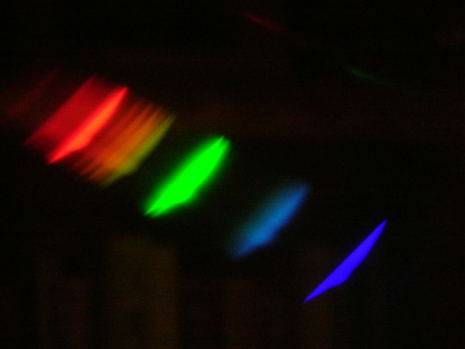n
But I’m getting ahead of myself.
I didn’t grow up with wine. I was raised in a big Catholic family where wine was non-existent. Fine dining and wine in Albuquerque, New Mexico in the 1960’s and ‘70’s were about as remote as the Dog Star. My parents drank nothing but bourbon and coke. Wine would never have worked because much stronger water was needed to raise six kids in a chaotic household. I didn’t find wine until I was in my mid-twenties in grad school. No surprise that passing the Master’s tasting exam is arguably the most difficult thing I’ve ever done.
I did manage to pass the theory and service portions of the exam that first year and then spent the entire next year doing nothing but working on my tasting, spending thousands of dollars out of pocket on bottles that I tasted repetitively but rarely drank. I also had the great fortune to be in a group with several people who were remarkably good tasters: Peter Granoff, Steve Morey, and the late Michael Bonacorsi. All three would pass the exam within two years and become Masters–two of them with me. Without their help and support on days when nothing worked, I never would have passed. The power of group dynamics can and should never be underestimated.
Several days before that second exam I came down with a horrible head cold; the kind of cold that completely wipes out your sense smell and taste. Nothing I did or took cleared up my sinuses. I remember driving down to Monterey, site of the exam, feeling every level of fear and panic known to man as I considered the possibility of an entire year’s work wasted because of a cold. Out of desperation I began to “rehearse” every possible classic wine I thought could be on the exam. I spent the entire trip down and hours afterwards in my hotel room mentally going through the grid with different wines thinking of the best possible examples of each I had ever tasted; talking through them out loud, seeing, smelling, and tasting them as if I were in an actual exam. That night in desperation to free up my cold I took Sudafed not knowing how much caffeine it contained. As a result, I couldn’t sleep at all but at least one side of my nose was working the next morning.
Like the year before I don’t remember much about that second exam but for an entirely different reason. I do recall walking into the room, shaking everyone’s hand, being read the rules of engagement, and then the clock starting. From there the only things I remember about my 25 minutes were starting the first wine and finishing the sixth wine shortly before time was called. In between the wines felt exactly the same as all the rehearsal I’d done in the car and in my room the day before. It was if I had dropped into a tasting “trance” for the 25 minutes because I remember so little about it. After finishing, I got up, shook everyone’s hand again, and left knowing immediately I had screwed up wine four and should have called it Northern Rhône Syrah. But I also felt I’d done well enough to pass.
I had.
In his book Outliers author Malcolm Gladwell states that it takes 10,000 hours to master something.
I think he’s wrong.
I think it takes 10,000 times doing something—consciously—to master it. For me the combination of a year’s worth of tasting practice with the repetition of thinking and talking through the grid literally thousands of times made the difference. Years later I realized something else had changed the because of all the mental/associative rehearsal the day before the exam. Through so much repetition the tasting grid went from being external, as in something on paper in front of me to be read and memorized, to something ever-present internally in my mind’s eye. Literally, the grid went inside. I had used it so many times that it became automatic meaning that I always did it the same way so I wouldn’t leave out aspects of a given wine—and valuable points on the table. More importantly, I always knew what was next. I can’t stress how vital that is. In my internal IMAX theater, the grid became the size of a billboard; any time I even thought about it, it was there like a huge gameshow board. It’s been there ever since.
The purpose in relating my experiences with the two tasting exams is not to say that I’m a great taster. Far from it. For me the belief of being a “great taster” is simply not useful. Adopt that belief and the universe will be all too happy to instantly show you someone who’s a better taster than you are. Count on it. My belief about my tasting is that I’m exceptionally good at analyzing and assessing wine—and doing it consistently. For me that’s a much more useful belief; it’s open ended and definitely win-win. In thinking about my experience of the two exams—which were like night and day—I have multiple take aways:
Learning visually; practically all of us are visual-dominant creatures internally. The most effective learning strategies for all but a few are visual in the form of images and movies. Take away that critical visual component and most of us are lost and will fail at learning even basic skills.
The rule of 10,000; the 10,000 rule applies but with an important caveat: it’s not 10,000 hours but doings something 10,000 times with considerable awareness and sensory acuity—as in really paying attention to what the hell you’re doing as well as measuring your progress consistently.
Outside in; one must use a learn and memorize a sequence—in this case the MS tasting grid—to be consistent enough in order to master a skill. In the beginning that sequence is usually written and has to be memorized by repetition on a grand scale. Not so easy with the MS grid as there over 40 components to it. It takes a great deal of practice and work to even memorize the grid, much less master it. It took me a solid year and thousands of repetitions to do just that.
Associative rehearsal and memory: the tasting exam is all about memory, specifically olfactory and palate memory. Improving your memory has little, if anything, to do with physically having a glass of wine in hand. I’m convinced that students at the Master’s level need to “own” wines; they need to be able to mentally call up the complete experience of a classic wine—as in how it looks, smells, tastes and feels on the palate—on command.
I recommend anyone preparing for a tasting exam regularly make time to mentally mock up a flight of six classic wines and talk through the wines out loud using the grid just like an examination. During this “rehearsal” see a large version of grid out in front of you. The intent is to use it the same way for every wine. From there it’s all about remembering and experiencing each wine as completely and intensely as possible; seeing the wine clearly in your mind’s eye, smelling it completely and vividly, tasting it fully and confirming elements from the nose and calibrating the structural elements accurately, then nailing the conclusion while feeling really confident.
Practicing talking through wines out loud helps connect your memories to what’s in the glass in front of you. It also builds your inner comfort zone in terms of using the language of the grid and speaking aloud in front of examiners. But more than anything, repeated practice of associative rehearsal with tasting guarantees that at some point the grid will go inside and be there even under the stress of an actual exam.
I can’t recommend practicing with associative rehearsal strongly enough. So much of the tasting exam is about having confidence with one’s own internal experience, sensitivity, calibration, and memory. This is a great way to improve them all–and easily.
Summing Up
1. Always use a visual component when learning anything: with tasting it’s a grid, be it the MS grid, WSET grid, or whatever.
2. The rule of 10,000: as in times and not hours. If it’s 10,000 hours you’re wasting your time and otherwise not paying attention to what you’re doing. Sorry, Malcolm.
3. Outside in: repeat the sequence—the grid–until it goes inside and you can always see it internally. That may take a while and, oh yes, the 10,000 times thing definitely may apply here. The bottom line: when using the grid, you need to always know what’s next.
4. Associative rehearsal: practice “tasting” without wines 10 times more than you actually physically taste. For each classic grape/wine use your memories of the best bottle of said grape/wine you’ve ever tasted. Do it a lot.
And then do it some more.
nn


